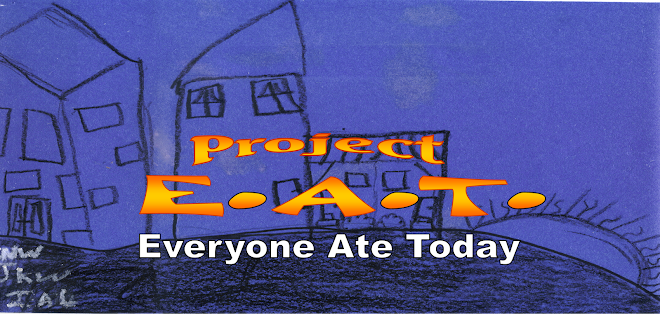Hunger impairs our children’s health in significant and long-lasting ways:
- Impedes growth and development
- More illness, including stomach- and head aches, colds, ear infections and fatigue
- Poorer mental health
- More hospitalizations
- Greater susceptibility to obesity and its harmful health consequences
Hunger predisposes our children to behavioral difficulties, including:
- More aggressive behavior
- Higher levels of hyperactivity, anxiety and/or passivity
- Difficulty getting along with other children
- Greater need for mental health services
Hunger impedes our children’s ability to learn and perform academically. Hungry children are likely to:
- Have impaired cognitive functioning and diminished capacity to learn
- Achieve lower test scores and overall school performance
- Repeat a grade
- Experience school absences, tardiness and school suspensions
Food Security
35 million Americans – including 12.6 million children – are food-insecure.
Food insecurity exits in 10% or more of American households:
- 1 in 10 American homes, with or without children
- 1 in 6 households with children
- 1 in 5 with children under the age of 6
- 1 in 5 single-father homes
- 1 in 3 single-mother homes
Households with children have a food insecurity rate almost double that of households without children, increasing their risk of hunger tremendously.
Above-average rates of food insecurity (and risk of hunger) occur among:
- Single-mom households
- Households with children under 18 years of age
- African-American or Hispanic households
- Households in major cities
Poverty
13.4 million children in America live in poverty today, representing roughly 1 in 6 children.
More than 13% of Americans — 38 million — live below the poverty threshold of $21,200 for a family of four, or $407 per week, on average.
Poverty in America is commonly caused by:
- High cost of living
- Low wages or income
- High health & medical costs
- Barriers to education of all kinds
- Inadequate or underdeveloped life skills
- Little-to-no support network
- Widening gap between rich and poor
Children in American households below the poverty threshold or headed by a single woman are at the greatest risk of hunger; not only do these households have the highest rate of food insecurity overall, they also have the highest rate of the most severe form (“very low”) of food insecurity.
Food Assistance Programs & Resources
Child nutrition programs make a positive difference.
- Improve nutritional quality of diet
- Improve overall behavior and school performance
- Promote nutrition education
- Reduce incidence of low birth weight and fetal mortality
- Reduce anemia
The U.S. government is spending $51 billion on food assistance, including Food Stamp, School Lunch and Breakfast, WIC, and Child and Adult Care Food programs.
1 in 5 Americans use at least one of USDA’s food and nutrition assistance programs during the year.
Food Stamp Program:
The average monthly food stamp benefit is $93 per person-barely $1 per meal.
26.7 million Americans use food stamps in an average month. Half of these recipients are children.
Special Supplemental Nutrition Program for Women, Infants and Children (WIC):
The WIC program provides 8 million American women and children an average monthly benefit of $38 per person.
Children and infants account for 3/4 of WIC participants.
Every $1 spent on WIC results in $1.77 to $3.13 in Medicaid savings for newborns and their mothers. Additional benefits include:
- More women receiving prenatal care
- Fewer low birth weight newborns
- Less infant mortality
- Healthier diets for participants
National School Lunch Program:
Over 29 million American children eat a federally-funded school lunch each school day; 60% of these lunches – 17.4 million — are free or reduced-price.
552,000 more low-income students participate in the school lunch program this year than last.
Children in 11.5 million food-insecure households participate in the free or reduced-price school lunch program.
National School Breakfast Program
Benefits of school breakfast go beyond making sure students don’t start the day hungry. They include:
- Promoting healthier eating to fight obesity
- Improving students’ achievement, behavior and test scores
- Reducing absenteeism, tardiness and visits to the school nurse
44% of school children receiving a free or reduced-price lunch are now also getting a free or reduced-price school breakfast, up from just 29% in 1989.
School breakfast is provided to more than 9 million children on a typical school day.
9.6 million eligible children do not receive free or reduced-price school breakfast
Summer Food Service Program
16 million kids qualify for summer meals but don’t receive them.
Food Banks
Food banks and food-rescue organizations provide emergency hunger-relief to 9% of all Americans-about 25 million persons.
More than one-third of individuals served by food banks are children under 18. Households with children (particularly those headed by a single female or with children under the age of 6) are nearly twice as likely to use food pantries as those without children.
Food pantries provide food to more than 4 million American children.
More than 1 of every 5 households that uses a food pantry does so “almost every month.”




